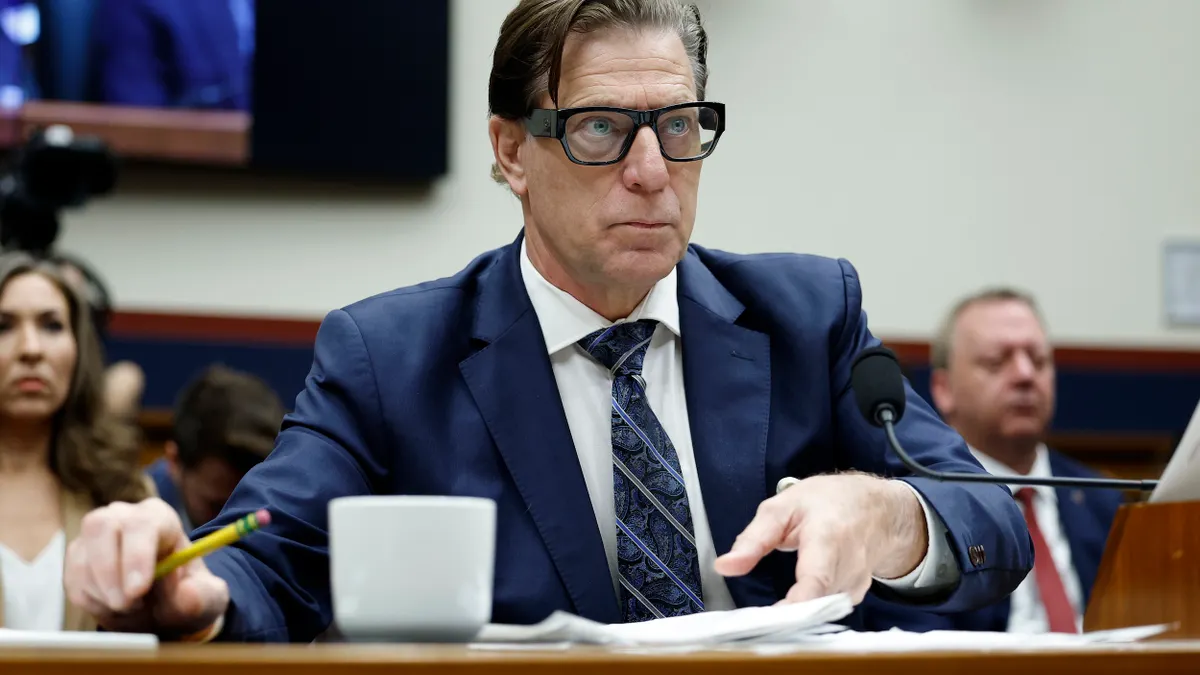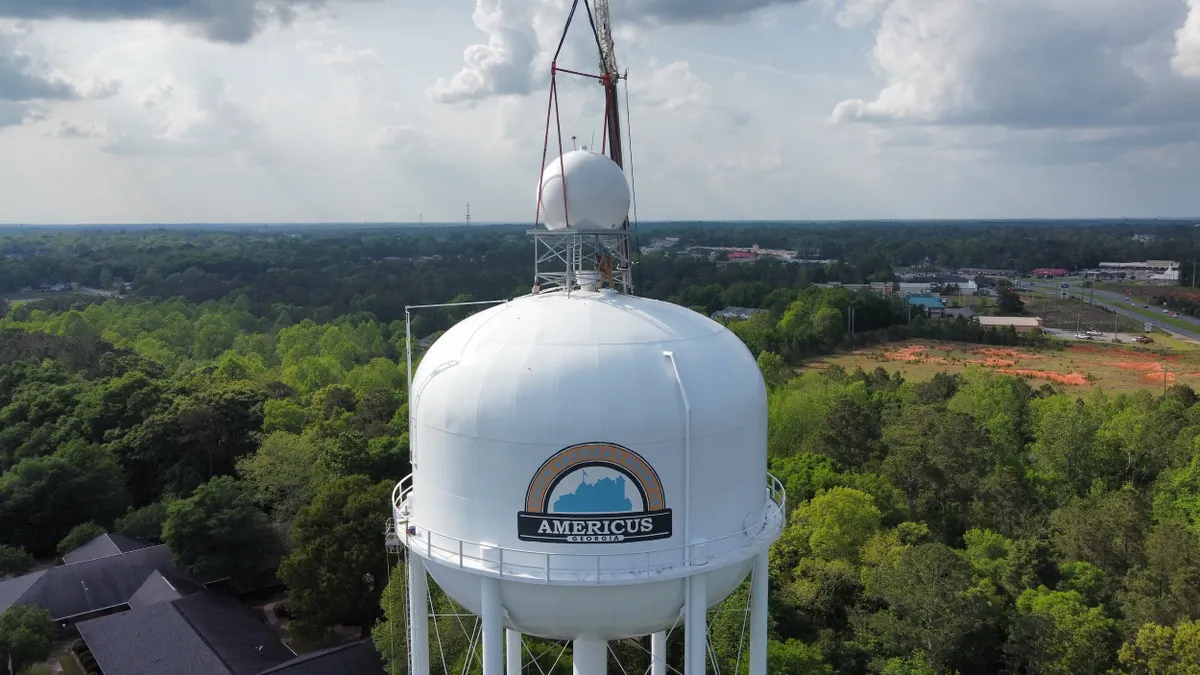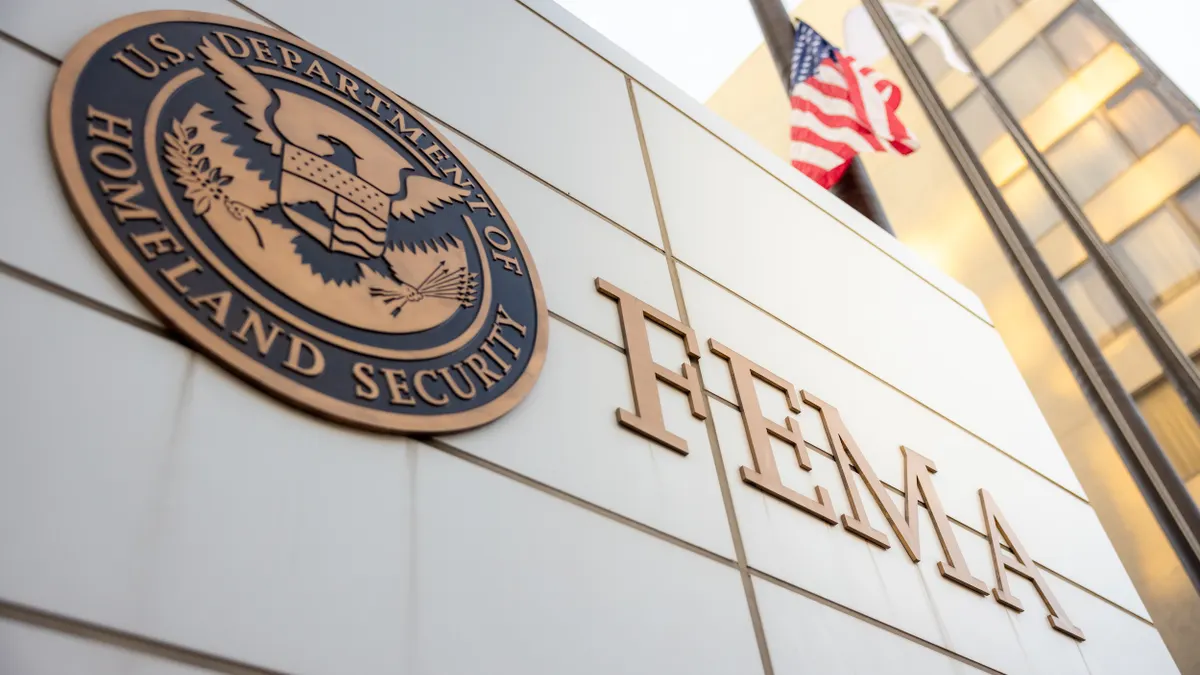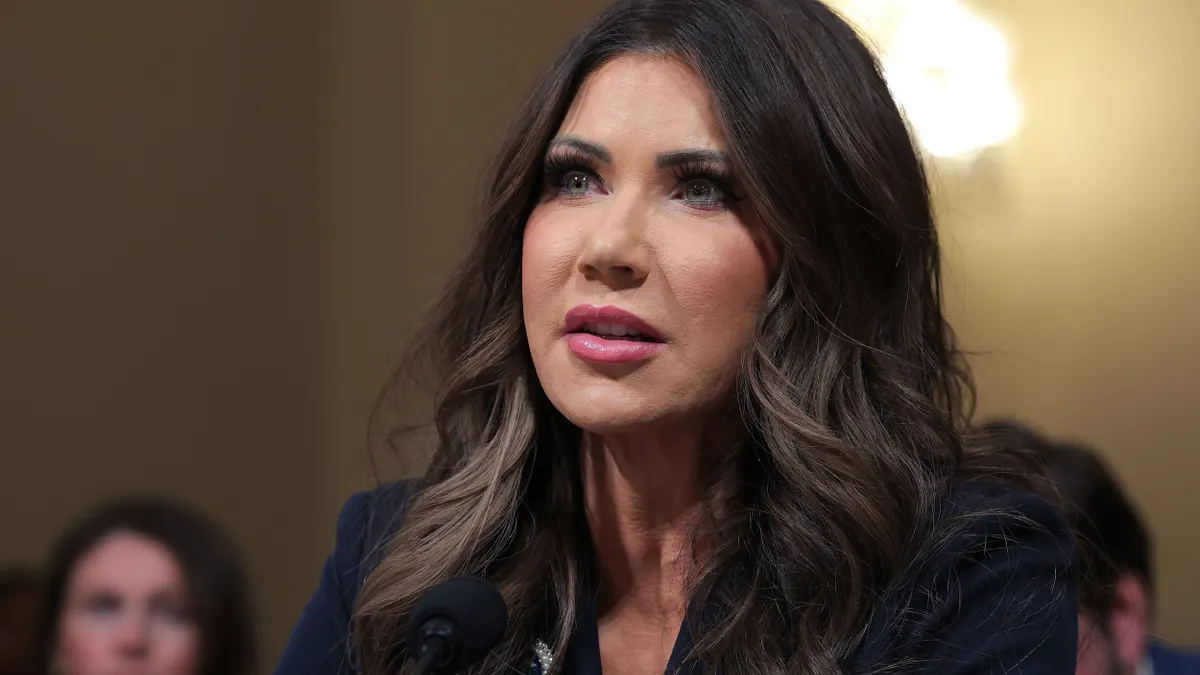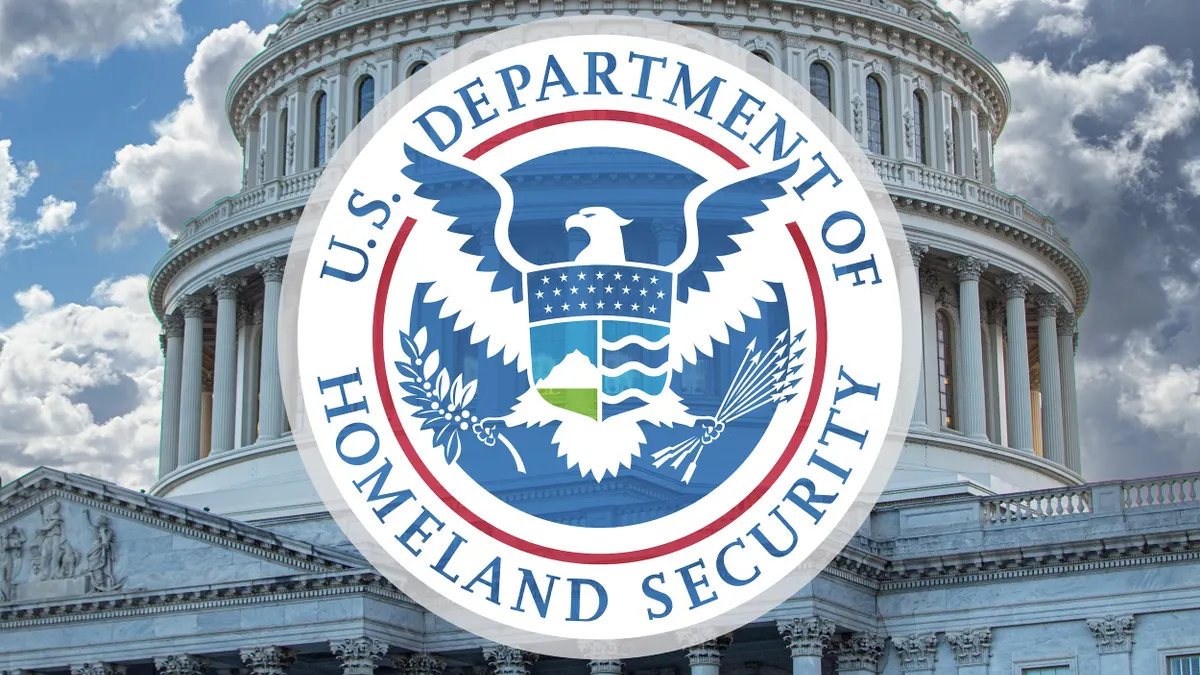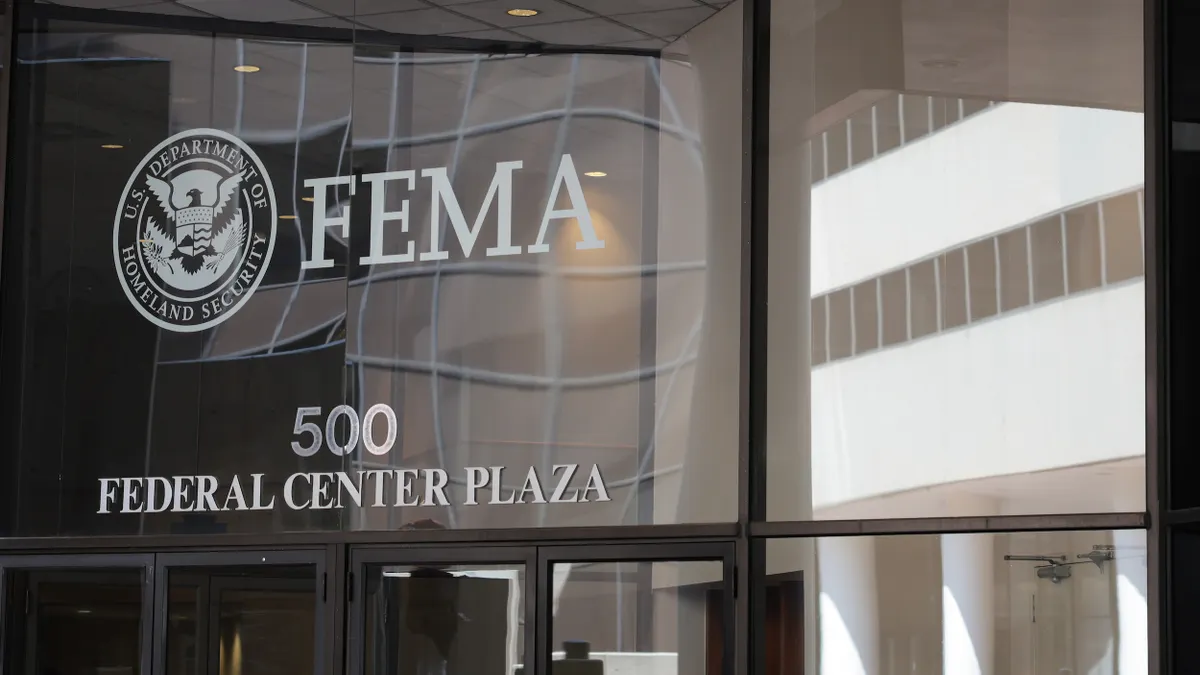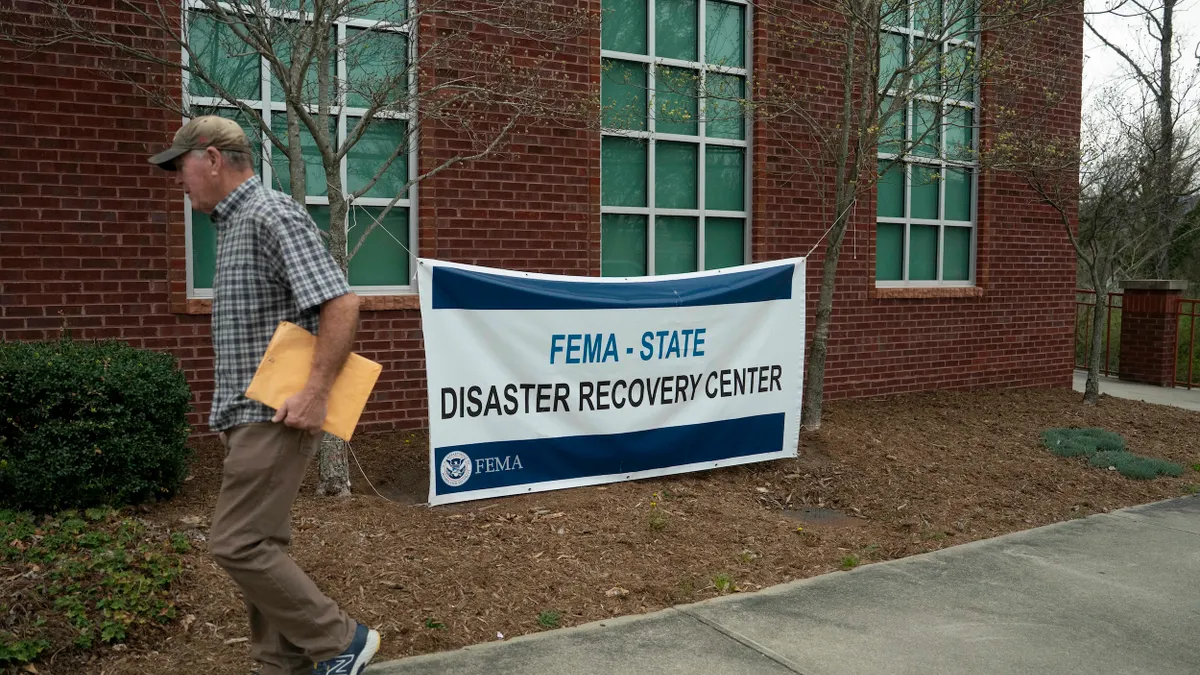Dive Brief:
-
Cities, counties and emergency management organizations are strongly supporting a bipartisan bill in the U.S. House to reform the Federal Emergency Management Agency, modernize disaster assistance programs and change how aid is delivered to communities.
-
The House Transportation and Infrastructure Committee approved the Fixing Emergency Management for Americans Act of 2025 on Sept. 3. The bill now awaits action on the House floor.
-
“The Act introduces reforms that affect how quickly funding arrives, how rules are applied and how residents access support,” Yucel Ors, director of public safety and crime prevention at the National League of Cities, said online.
Dive Insight:
President Donald Trump established the Federal Emergency Management Review Council in January to advise him on FEMA’s ability to address disasters and recommend changes to how the agency operates.
The Trump administration is considering plans to limit the federal government’s role in paying for disasters by making it harder to qualify for disaster assistance, contributing less money to disaster recovery and limiting federal spending on hazard mitigation programs.
Many states lack the resources to take on a greater share of disaster recovery costs if emergency management responsibilities are shifted to local governments, according to an Urban Institute report.
The legislation would make FEMA a cabinet-level agency and create one unified application for individuals and families to apply for aid, Transportation and Infrastructure Committee Chair Rep, Sam Graves, R-Mo., who introduced the bill, said in a press release.
“When states and communities are working to get folks back on their feet, they don’t have a lot of time to wade through endless permits or countless permissions for debris removal,” he stated. “My bill streamlines that process, allowing people to clean up more efficiently and effectively.”
The bill would:
- Create a block grant program for smaller disasters that cause $1 million to $10 million in damage.
- Require FEMA to provide 25% of emergency work funding within 10 days of approval.
- Simplify closeouts for smaller projects.
- Protect governments that follow FEMA guidance from retroactive funding clawbacks.
- Expand mitigation and resilience projects by opening up project eligibility.
- Incentivize building code reform.
- Increase state and local governments’ access to low-interest loans for wildfire, drought, seismic and cyber risk-reduction projects.
- Beef up transparency with real-time public dashboards tracking declarations, funding obligations and reimbursements.
- Require FEMA to maintain a national database of appeals.
NLC sent a letter strongly supporting “the intent of this legislation” to the committee.
The National Association of Counties also wrote to the committee in support of the bill. “At this critical moment — with growing disaster frequency, increased financial strain and persistent recovery challenges — the FEMA Act offers counties a pathway to more timely, coordinated and effective disaster assistance,” its letter states.
In a joint letter to the committee, Big City Emergency Managers, BuildStrong America, the International Association of Emergency Managers and the National Emergency Management Association called the bill “a significant step forward in strengthening our nation’s emergency management enterprise.”
“We believe the Act’s provisions — especially those enhancing coordination with state, local, tribal, and territorial partners — will improve national resilience and better serve the American people,” the letter states.



